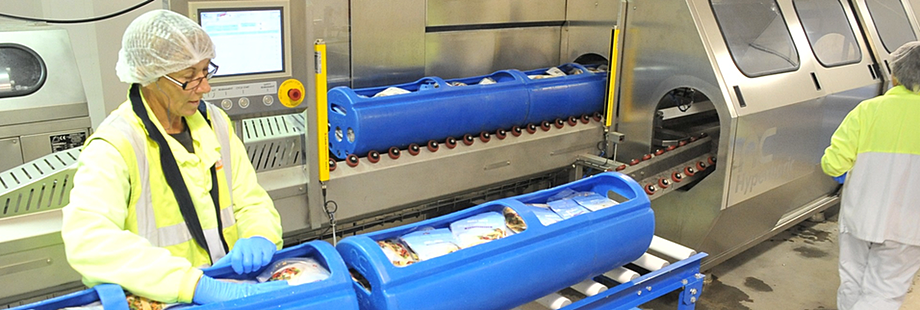7 September 2015
Get ’em while they’re hot.
- Fuchsia Dunlop writes about the fermented foods of Shaoxing in China with wit, wisdom and a spirit of adventure. Not surprised her article won an award, although I’m not sure I’d want to try those foods without her by my side as a guide.
- If you would prefer to read about Japanese pickles, you’ll have to make do with a somewhat less erudite, but nonetheless interesting, article from japan-guide.com.
- Rachel Laudan traces the long march of the potato in China, with not fermented but raw and lightly cooked dishes. I have to try raw potato salad.
- What was the American Egg Board thinking when it launched an attack on Hampton Creek’s Just Mayo? And why does Hampton Creek show an egg on the label when the whole point of Just Mayo is that modified plant proteins play the part of eggs? Dan Charles at NPR answers some other questions as he explains How Big Egg Tried To Bring Down Little ‘Mayo’ (And Failed).
- I’m not going to rant, here, about people who make it hard to share their podcasts. I’ll leave you to decide whether you want to listen to the people at BackStory dig into meat in America with Rare History Done Well.
- And the shameless self-promotion this time is not for a previous podcast but for the revival of Fornacalia, my bread and baking website. A visit to Stockholm inspired me to a second attempt at knäckebrot; better, but not good enough. Yet.

 Have you ever stopped to wonder what drives the incessant innovation in processed food? Who thought that an energy bar would be a good thing to exist? What was the logic that drove the development of the cheese-flavoured powder that coats so many snacks? Even instant coffee; why was that needed? The answer to all these questions, and many more, can be traced back to the US Army’s Natick Center, outside Boston, Massachusetts. That is where the Combat Feeding Directorate of the US army, with the help of academics and large food processing companies, designs the rations that sustain American soldiers and much of the rest of America and the world. Soldiers need rations that are lightweight, that don’t spoil over time, and that can withstand some pretty brutal handling. The rest of us pay for the same. Author Anastacia Marx de Selcado’s book Combat-Ready Kitchen, published in early August, lifts the lid on how the army has invaded almost all aspects of processed food.
Have you ever stopped to wonder what drives the incessant innovation in processed food? Who thought that an energy bar would be a good thing to exist? What was the logic that drove the development of the cheese-flavoured powder that coats so many snacks? Even instant coffee; why was that needed? The answer to all these questions, and many more, can be traced back to the US Army’s Natick Center, outside Boston, Massachusetts. That is where the Combat Feeding Directorate of the US army, with the help of academics and large food processing companies, designs the rations that sustain American soldiers and much of the rest of America and the world. Soldiers need rations that are lightweight, that don’t spoil over time, and that can withstand some pretty brutal handling. The rest of us pay for the same. Author Anastacia Marx de Selcado’s book Combat-Ready Kitchen, published in early August, lifts the lid on how the army has invaded almost all aspects of processed food.